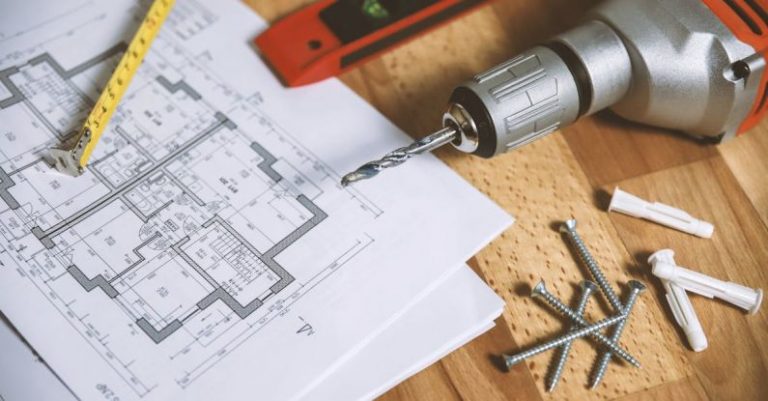What Are the Differences between Brushed and Brushless Motors?

Brushed and brushless motors are two common types of electric motors used in a variety of applications, from household appliances to industrial machinery and even hobbyist drones. While both types serve the same fundamental purpose of converting electrical energy into mechanical energy, there are significant differences between them in terms of construction, performance, and efficiency. Understanding these differences can help you choose the right motor for your specific needs. Let’s delve into the distinctions between brushed and brushless motors.
Construction and Working Principle
Brushed motors, as the name suggests, rely on physical brushes made of carbon or other materials to deliver power to the motor’s rotor. These brushes make contact with the commutator, a segmented copper ring attached to the rotor, which switches the direction of current flow in the motor windings, generating the rotational motion. The brushes wear down over time due to friction, leading to reduced efficiency and requiring periodic maintenance or replacement.
In contrast, brushless motors do not have brushes or a commutator. Instead, they use electronic controllers to energize the motor windings in a specific sequence, eliminating the need for physical contact between moving parts. This design not only increases the motor’s lifespan but also reduces maintenance requirements and minimizes electromagnetic interference, making brushless motors more reliable and efficient in the long run.
Performance and Efficiency
One of the key advantages of brushless motors over brushed motors is their higher efficiency and power output. Since brushless motors do not suffer from the energy losses associated with brush friction and arcing, they can deliver more power for a given input and operate at higher speeds without overheating. This efficiency translates into longer run times and improved overall performance, making brushless motors ideal for applications that demand high power and precision.
Additionally, brushless motors exhibit smoother operation and better torque control compared to brushed motors. The electronic commutation in brushless motors allows for precise speed and position control, enabling smoother acceleration and deceleration profiles. This level of control is particularly valuable in applications where precision and responsiveness are critical, such as robotics, electric vehicles, and industrial automation.
Cost and Maintenance
While brushless motors offer superior performance and efficiency, they typically come at a higher initial cost than brushed motors. The complexity of the electronic control system and the use of permanent magnets in brushless motors contribute to their higher price tag. However, the long-term savings in maintenance and energy costs often offset the initial investment, especially in high-demand applications where reliability and efficiency are paramount.
In terms of maintenance, brushed motors require more frequent care due to the wear and tear of the brushes and commutator. Regular cleaning and brush replacement are necessary to prevent performance degradation and motor failure. In contrast, brushless motors are virtually maintenance-free, requiring only occasional inspection for debris or damage to the housing or bearings.
Applications and Considerations
The choice between brushed and brushless motors ultimately depends on the specific requirements of your application. Brushed motors are still widely used in low-cost consumer products, power tools, and simple machinery where cost is a primary concern and performance requirements are moderate. On the other hand, brushless motors are preferred in high-performance applications that demand efficiency, precision, and reliability, such as drones, electric vehicles, and industrial automation systems.
When selecting a motor for your project, consider factors such as power output, speed range, control requirements, and budget constraints. While brushed motors may be sufficient for basic applications, brushless motors offer a compelling combination of performance and efficiency that can elevate the capabilities of your project to new heights.
In conclusion, the choice between brushed and brushless motors boils down to a trade-off between cost, performance, and maintenance considerations. By understanding the differences between these two motor types and evaluating your specific needs, you can make an informed decision that maximizes the efficiency and effectiveness of your application. Whether you opt for the simplicity of brushed motors or the sophistication of brushless motors, both options offer unique advantages that cater to a wide range of projects and industries.





